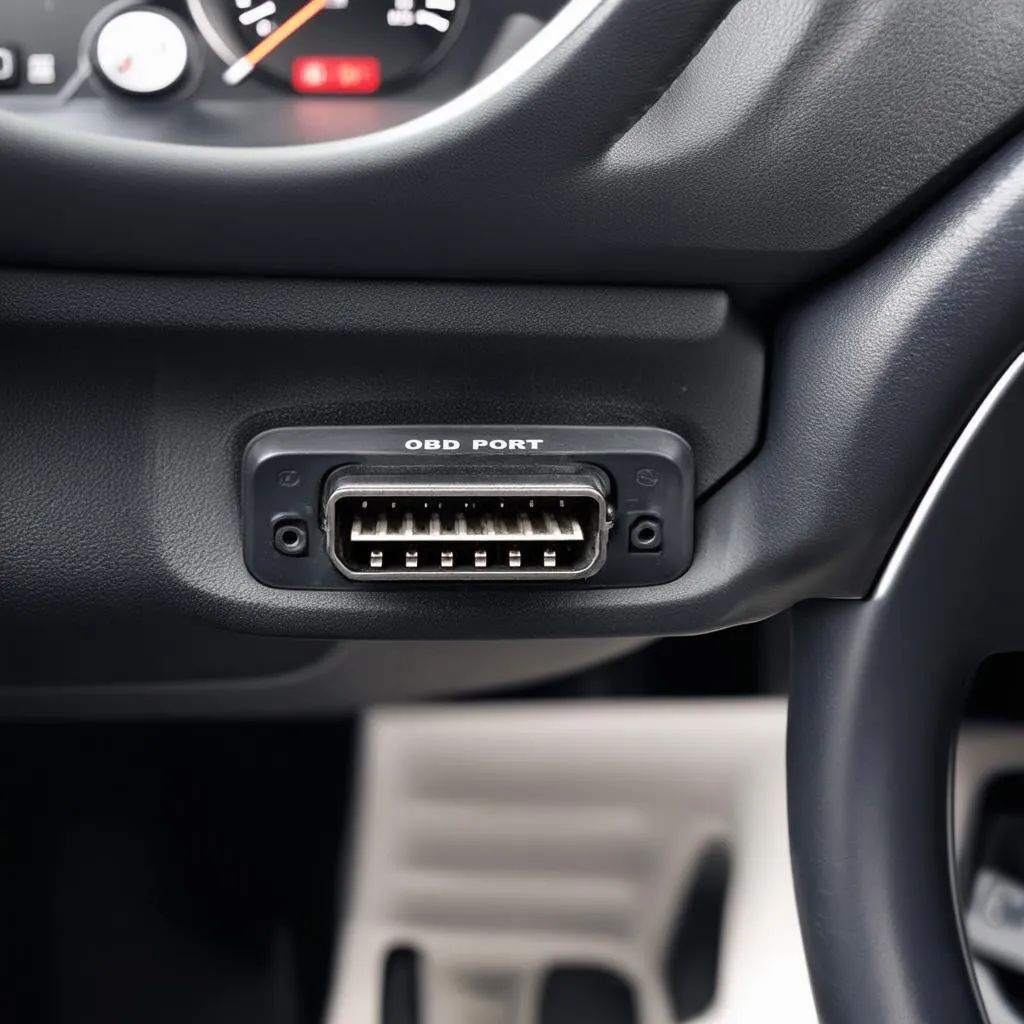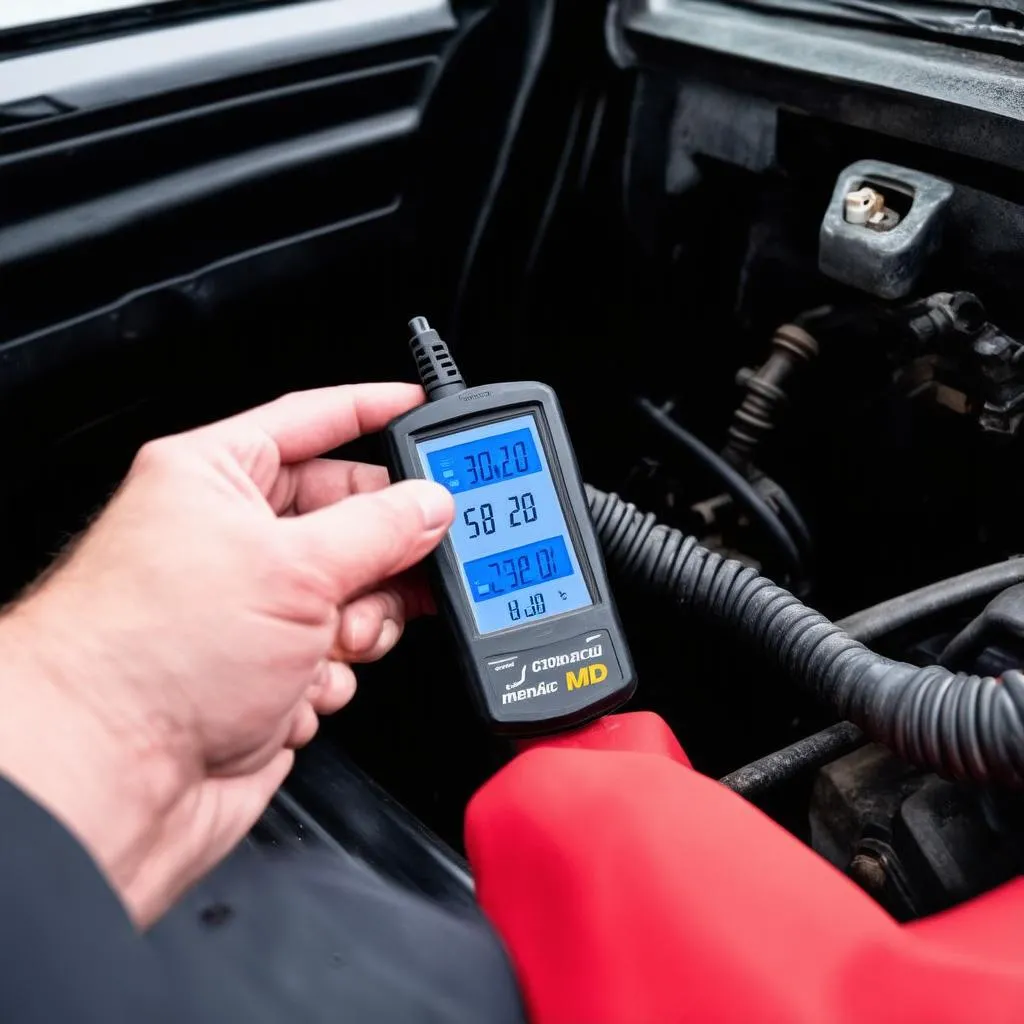“My mechanic said something about an OBD scan. Is that like OCD? My car is pretty old – maybe it has anxiety issues?” chuckled John to his friend, highlighting a common confusion among car owners. While “OCD” and “OBD” might sound similar, they belong to entirely different realms. Let’s clear the air and explore the difference between these two acronyms.
Understanding the Acronyms
1. OCD: The Mental Health Perspective
OCD stands for Obsessive-Compulsive Disorder, a mental health condition characterized by recurring, unwanted thoughts (obsessions) and repetitive behaviors (compulsions).
Example: A person with OCD might have an obsession with germs and feel compelled to wash their hands excessively.
While OCD can affect anyone, it’s crucial to remember that cars don’t experience mental health conditions.
2. OBD: The Language of Your Car
OBD stands for On-Board Diagnostics. It refers to a standardized system in vehicles that allows mechanics and car owners to access information about the various systems within their vehicle.
Think of it as your car’s internal communication network. When a problem arises, the OBD system generates a code that provides clues about the issue.
Example: If your car’s “Check Engine” light illuminates, a mechanic can use an OBD scanner to retrieve diagnostic trouble codes (DTCs) from the vehicle’s computer, indicating the potential source of the problem.
The Crucial Difference and Why it Matters
The difference between OCD and OBD is significant:
- OCD is a mental health condition affecting humans.
- OBD is a diagnostic system in vehicles.
Confusing the two can lead to misunderstandings and miscommunication, especially when discussing car repairs with your mechanic.
OBD and Your Car: A Deeper Dive
The OBD system is essential for:
- Diagnosing Issues: It helps identify problems with your engine, transmission, emissions system, and more.
- Monitoring Performance: It tracks fuel efficiency, emissions levels, and other vital parameters.
- Troubleshooting: Mechanics use OBD scanners to read and interpret diagnostic codes, pinpointing the root cause of malfunctions.
Common OBD-Related Queries
Q: What is an OBD scanner?
A: An OBD scanner, also known as a code reader, is a device that plugs into your car’s OBD port to retrieve diagnostic trouble codes.
Q: Where is the OBD port located?
A: The OBD port is typically located under the dashboard on the driver’s side, but its exact location can vary depending on the car model.
 OBD Port Location in a Car
OBD Port Location in a Car
OCD and Your Wellbeing: Seeking Support
If you or someone you know is struggling with OCD, seeking professional help is crucial. Resources like the International OCD Foundation (IOCDF) provide valuable information and support.
Beyond the Acronyms: Maintaining Your Car’s Health
While OBD helps diagnose and troubleshoot car issues, regular maintenance is crucial for preventing problems in the first place. Consult your owner’s manual for recommended service intervals and always address warning lights promptly.
Exploring Further: Related Reads
For more insights into car maintenance and diagnostics, check out our article on “What Does OBD Mean in Medical Terms?”
This article explores the fascinating overlap between medical terminology and automotive technology.
Need Help? We’re Just a Message Away!
Understanding your car’s diagnostics can be daunting. If you need assistance with OBD scanners, software, or have any car-related questions, our team of experts is available 24/7. Contact us via WhatsApp at +84767531508.
 Mechanic Diagnosing a Car with an OBD Scanner
Mechanic Diagnosing a Car with an OBD Scanner
In conclusion, while OCD and OBD might sound similar, they represent completely different concepts. Understanding their meanings and applications is essential for clear communication and informed decision-making regarding your mental health and your vehicle’s well-being. Remember, knowledge is power, both in the realm of mental health and automotive care.